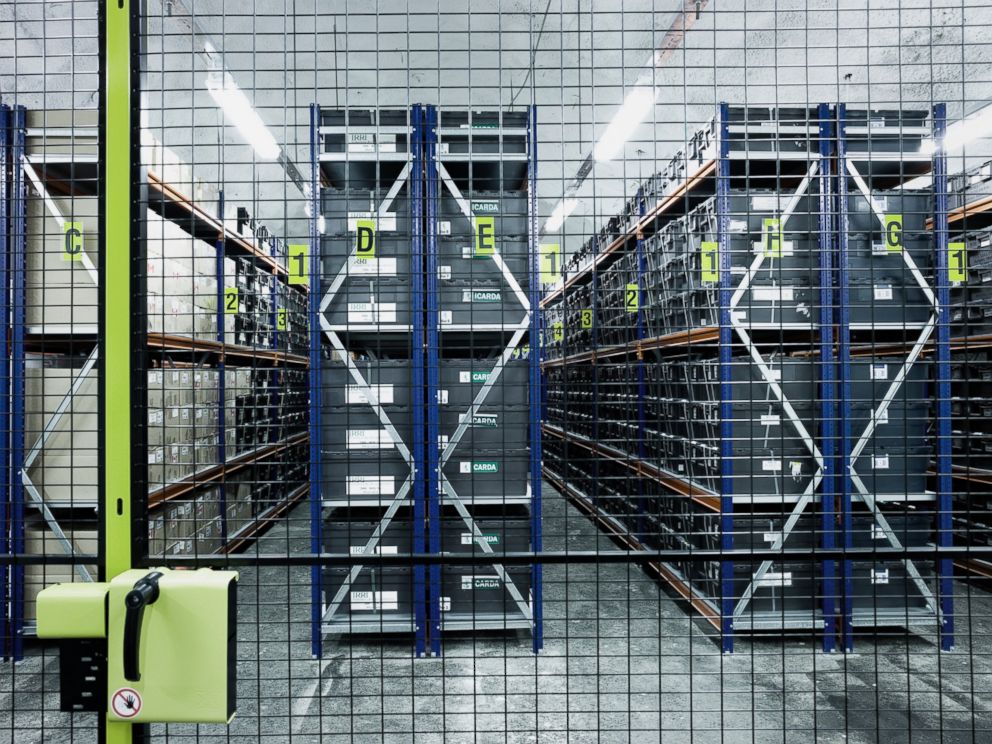

Westengen is the co-author of a newly published paper in the journal Nature Plants that documents the seed rescue mission and lessons learned from the operation, which, the paper says, illustrates the links between food security, sociopolitical stability, and climate change. Photo by Subiet via Wikimedia Commons (CC BY-SA 4.0). The entrance to the Svalbard Global Seed Vault in Svalbard, Norway, a remote archipelago in the Arctic Ocean. The safe and peaceful transfer of the samples from Syria, despite extreme conditions, Westengen says, is a testament to how well the international system of gene banks is working. “ut one should not give the impression that the seeds were somehow smuggled out or sent out in a clandestine way, everything was by the book.” “When the Arab Spring started, Syria was still considered a very secure and stable country, and then it became complete chaos, as we know,” Ola Westengen, an associate professor at the Norwegian University of Life Science who was coordinator of operations and management at the Svalbard Global Seed Bank at the time of the seed rescue, told Mongabay. When the facility was abandoned in 2014, more than 80% of its collection was backed up in the Norwegian vault. The ICARDA facility in Tel Hadia, just south of Aleppo, Syria, once stored the largest collection of crop diversity from the Fertile Crescent, one of the world’s earliest centers of agriculture. Gene banks are an important part of conservation, but they are not sufficient on their own, one expert says the wild places and agro-ecosystems these plants come from must also be protected.īy the time the war broke out in Syria, researchers from the International Center for Agricultural Research in the Dry Areas ( ICARDA) had already duplicated and safely transported most of their genetic treasure trove to the Svalbard Global Seed Vault on the remote Arctic island of Spitsbergen, Norway.While Svalbard’s vaults store crop seeds, the Millennium Seed Bank at the Royal Botanic Gardens, Kew, is the world’s largest wild seed conservation project, now celebrating its 20th anniversary.A newly published paper documents the rescue mission of seeds from a gene bank in Syria to the Svalbard Global Seed Vault in Norway, and discusses the extensive global system for conserving crop diversity and why it is imperative to do so.The global network of plant gene banks has shown resilience and cooperation, growing in importance as an estimated 40% of plant species are threatened with extinction and the crops used to feed the world become less diverse.


 0 kommentar(er)
0 kommentar(er)
